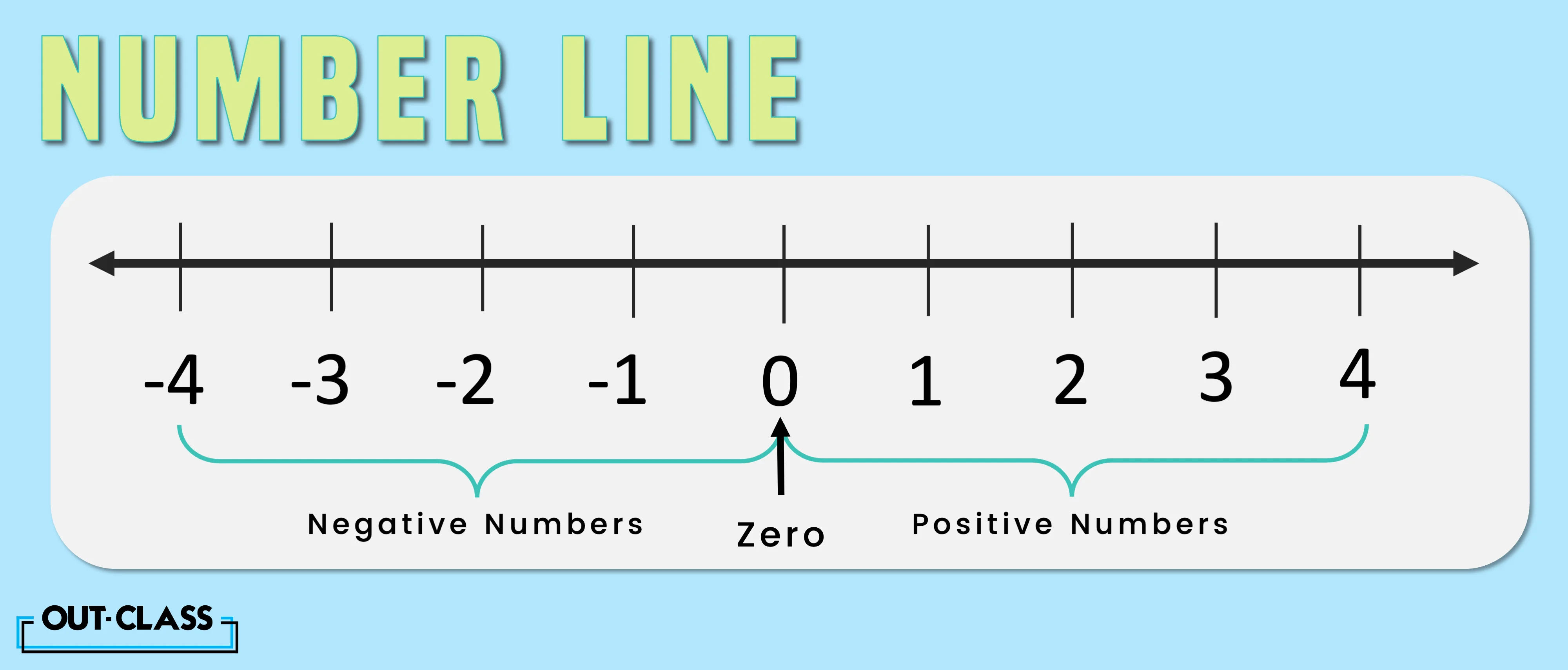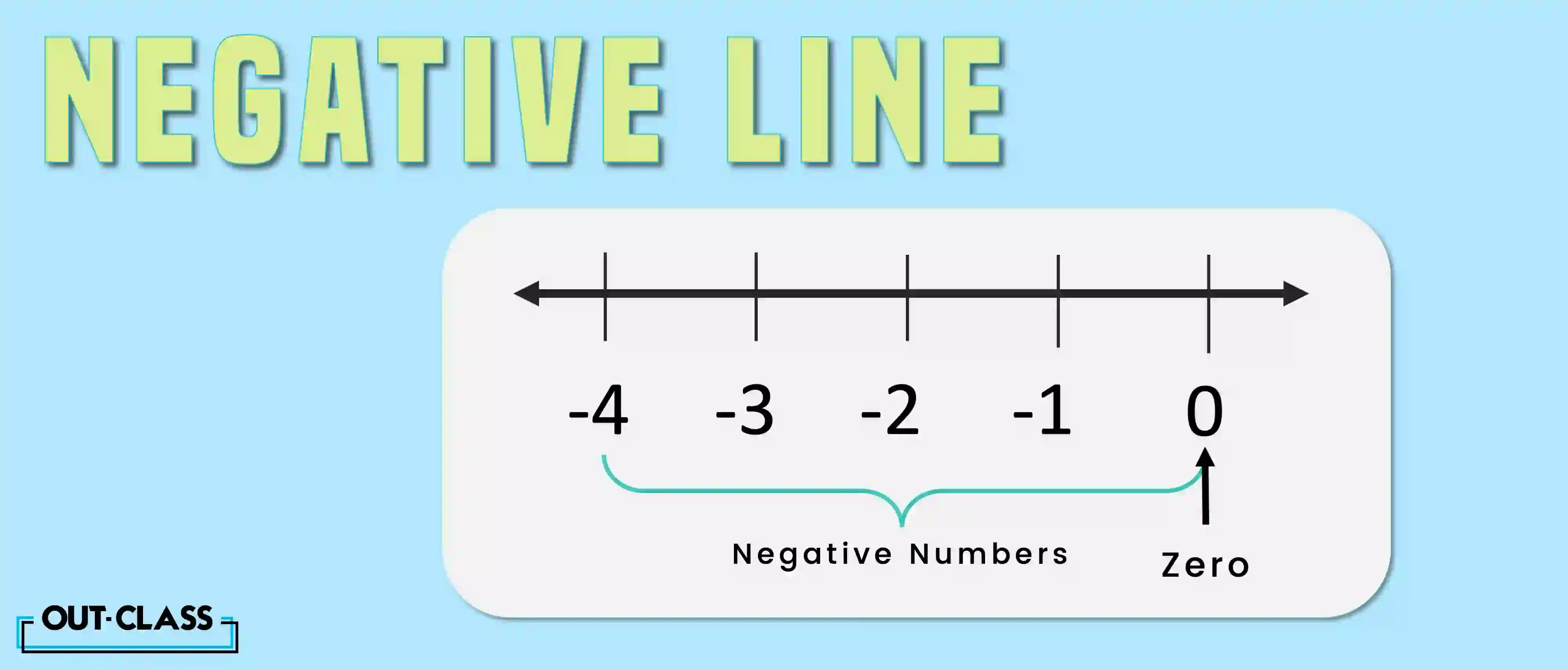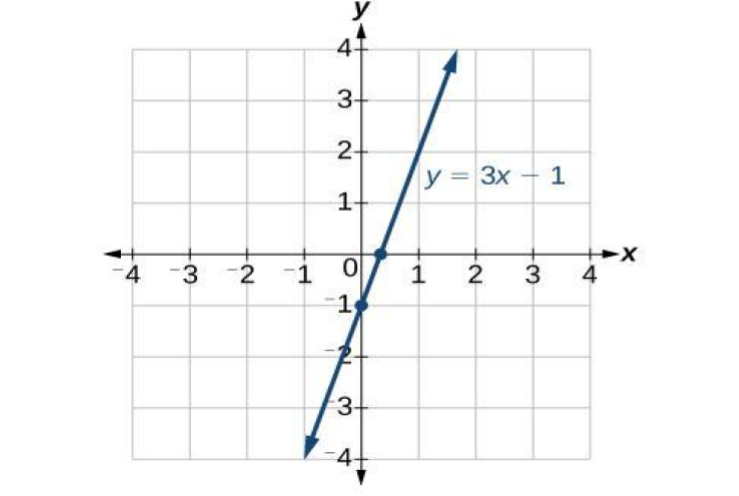As a Math student, you may have come across number lines; specifically, negative and positive number lines. You may have also wondered what role these number lines play.
Number lines serve as tools that help students understand a variety of basic mathematical concepts such as fractions, decimals, graphs and the placement of integers. They are also useful for understanding the order of numbers (where they increase and decrease) and addition and subtraction.
By the end of this article, you will be able to understand how negative and positive number lines work and how you can use them in your everyday calculations.
What is a Number Line?
A number line can be described as a visual representation of numbers on a straight line. Each number is placed at an equal distance from each other, usually on a horizontal line, with numbers moving from left to right (numbers to the left representing negative numbers on the number line and numbers to the right representing positive numbers on the number line).
What is a Positive Number Line?
Numbers that start from 0 and move towards the right on a straight line are known as positive numbers. As you move further towards the right, the numbers on the line increase.
What is a Negative Number Line?
Numbers that start from 0 and move towards the left on a straight line are known as negative numbers. As you move further towards the left, the numbers on the line decrease.
How Can We Use Number Lines?
Number lines can be used in a variety of ways:
Addition & Subtraction:
Students can easily use the number line to learn the fundamentals of addition and subtraction. This can be done by physically moving along the number line to demonstrate adding numbers and subtracting numbers. For example, if a student is required to add 4 to 2, then they would have to start at 2 and then move 4 spaces to the right to get to the number 6.
Fractions and Decimals
Number lines can also be used to explain the concepts of fractions and decimals. The number line can be divided into equal parts, each part representing a certain fraction such as one-half, one-third or three-quarters. The same thing can be done for decimals; each segment on the number can represent 0.2, 0.5 or 0.8.
Solving Inequalities
Inequalities are equations involving two values that are not equal to each other. Often the symbol used to define such functions is either “<” (less than) or “>” (greater than). The number line can be used to solve such equations and explain the relationship between two values. For example, if we need to figure out the value of the equation “x > 3” then we will highlight all the values situated at the right of the number 3 to represent numbers that are greater than 3.
Plotting Points of a Graph
Number lines can also be used to visually represent data or information through the use of graphs. The horizontal number line represents the x-axis whereas the vertical number line represents the y-axis. Data on each axis can be plotted or graphed as a way of presenting information visually.
Conclusion
Number lines are incredibly useful as they enable students to understand basic elements of important mathematical concepts such as basic arithmetic and even algebra and calculus.
FAQs:
Q. What is the difference between a positive and negative number line?
A positive number line starts from 0 and moves towards the right, representing positive numbers that increase as you move further right. On the other hand, a negative number line starts from 0 and moves towards the left, representing negative numbers that decrease as you move further left.
Q. How can number lines be used for addition and subtraction?
Number lines help in understanding addition and subtraction by physically moving along the line. For example, to add 4 to 2, start at 2 and move 4 spaces to the right to reach 6.
Q. Can number lines be used for fractions and decimals?
Yes, number lines can be divided into equal parts to represent fractions and decimals. Each segment can represent fractions like one-half, or one-third, or decimals like 0.2, 0.5, etc.
Q. How are inequalities solved using number lines?
Inequalities involving values greater than or less than can be solved using number lines. For example, to solve the inequality "x > 3," highlight all values to the right of 3 on the number line.
Q. What role do number lines play in graphing and plotting points?
Number lines are essential for plotting points on graphs. The horizontal line represents the x-axis, and the vertical line represents the y-axis, enabling the visual representation of data or functions.








